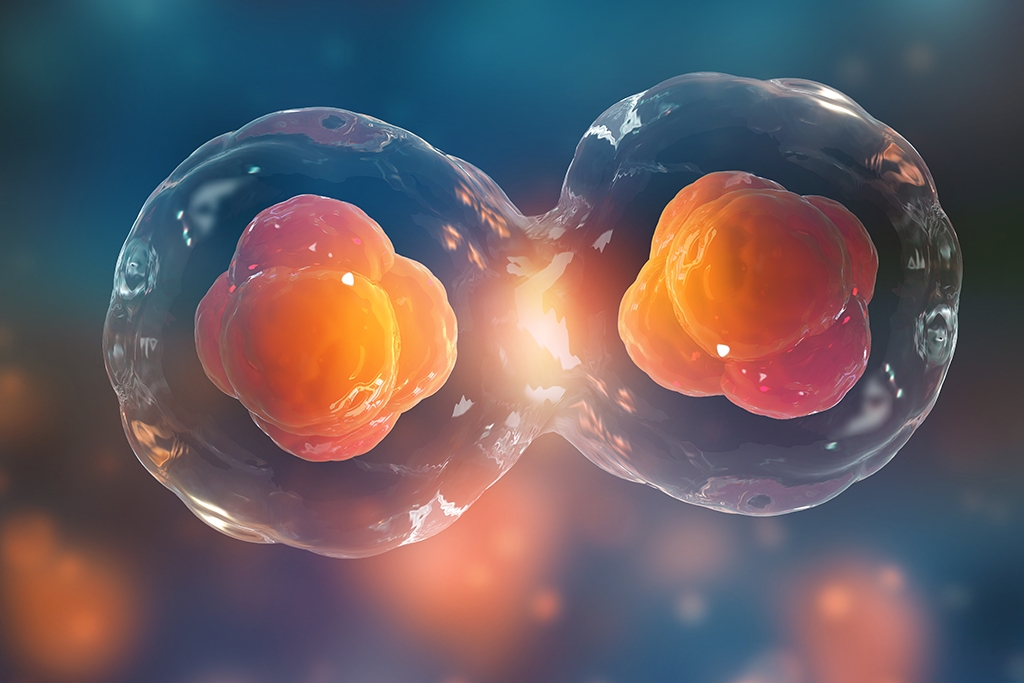Understanding naïve pluripotent stem cells
In a recent study, led by ScilifeLab Fellow Simon Elsässer and PhD Student Banushree Kumar, researchers investigate the mechanism responsible for stabilizing mouse naïve pluripotent stem cells, cells that can divide into all other cells types, in mice.
Embryonic stem cells are formed during the earliest stages of life and will later on give rise to all other cell types in the body. These cells are known as naïve pluripotent and understanding them is the key to reparative medicine.
In the study, published in Cell Reports, the researchers developed a genome-wide quantitative method to study the posttranslational modifications of histones, a process that seems to be responsible for the which are involved in stabilization of the naïve pluripotent stem cells in mice state by preventing the expression of differentiation genes.
The method takes advantage of bar-coding and multiplexing of samples before chromatin-immunoprecipitation and sequencing (ChIP-Seq), which makes it possible to quantitatively compare multiple modifications in multiple conditions in a single experiment. The new methodology and insight will also help scientists understand human pluripotent stem cells and their use in reparative medicine.
“Using quantitative ChIP we have found that histone modifications can show large global changes and shift rapidly between cell types or differentiation stages. This raises some interesting questions, for example if and how stem cell metabolism dictates global epigenetic changes.”, says Simon Elsässer”





